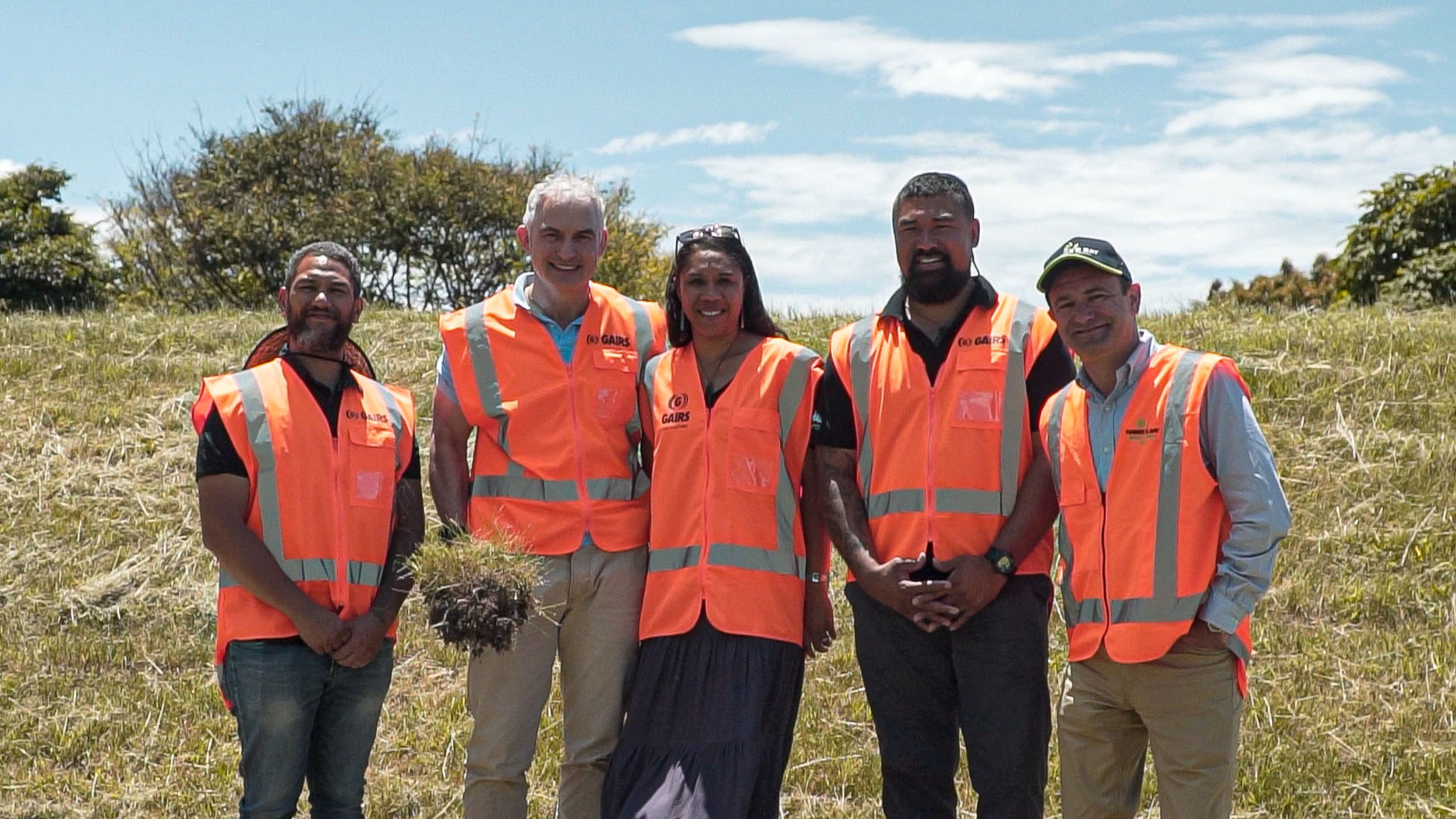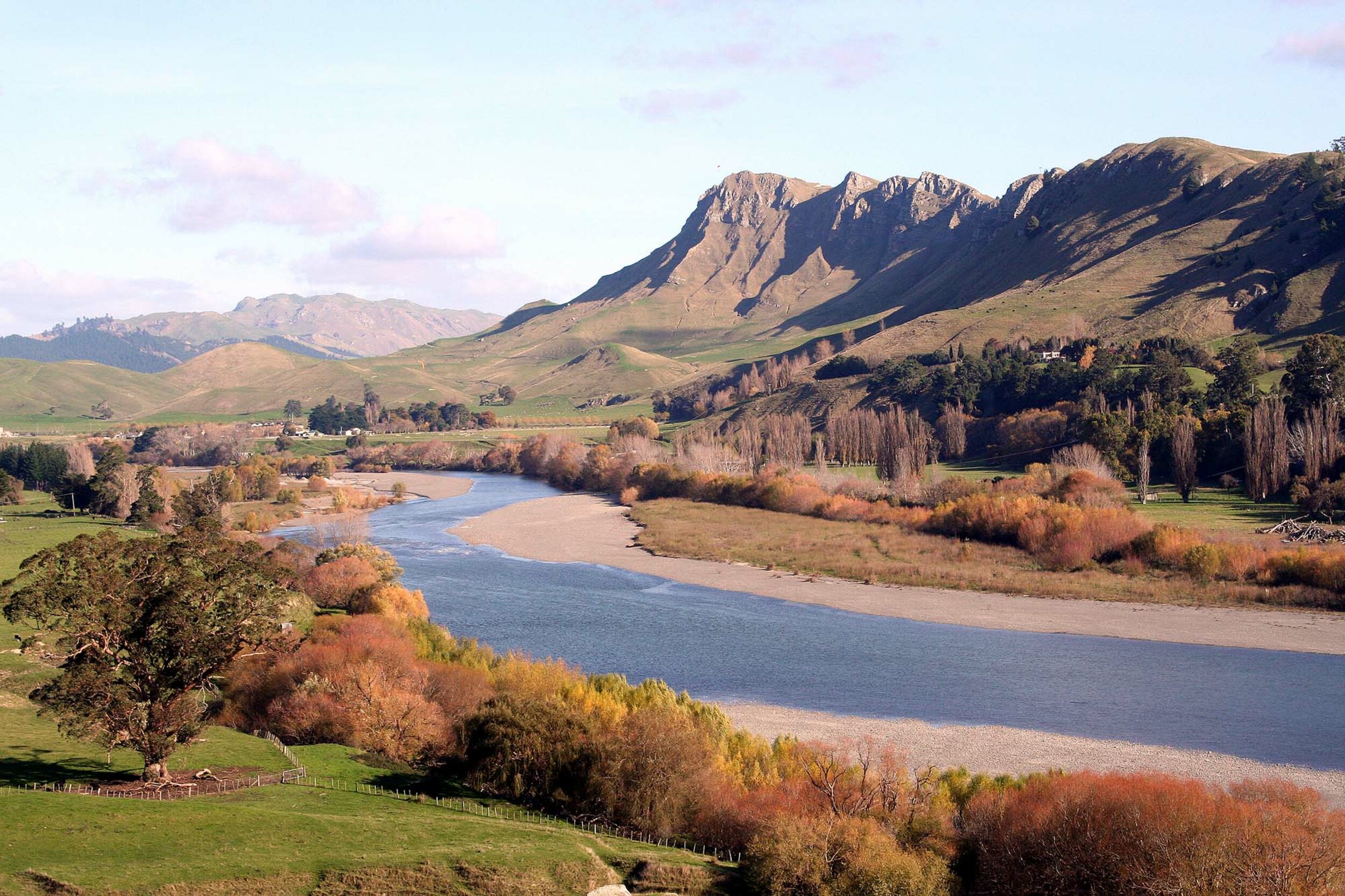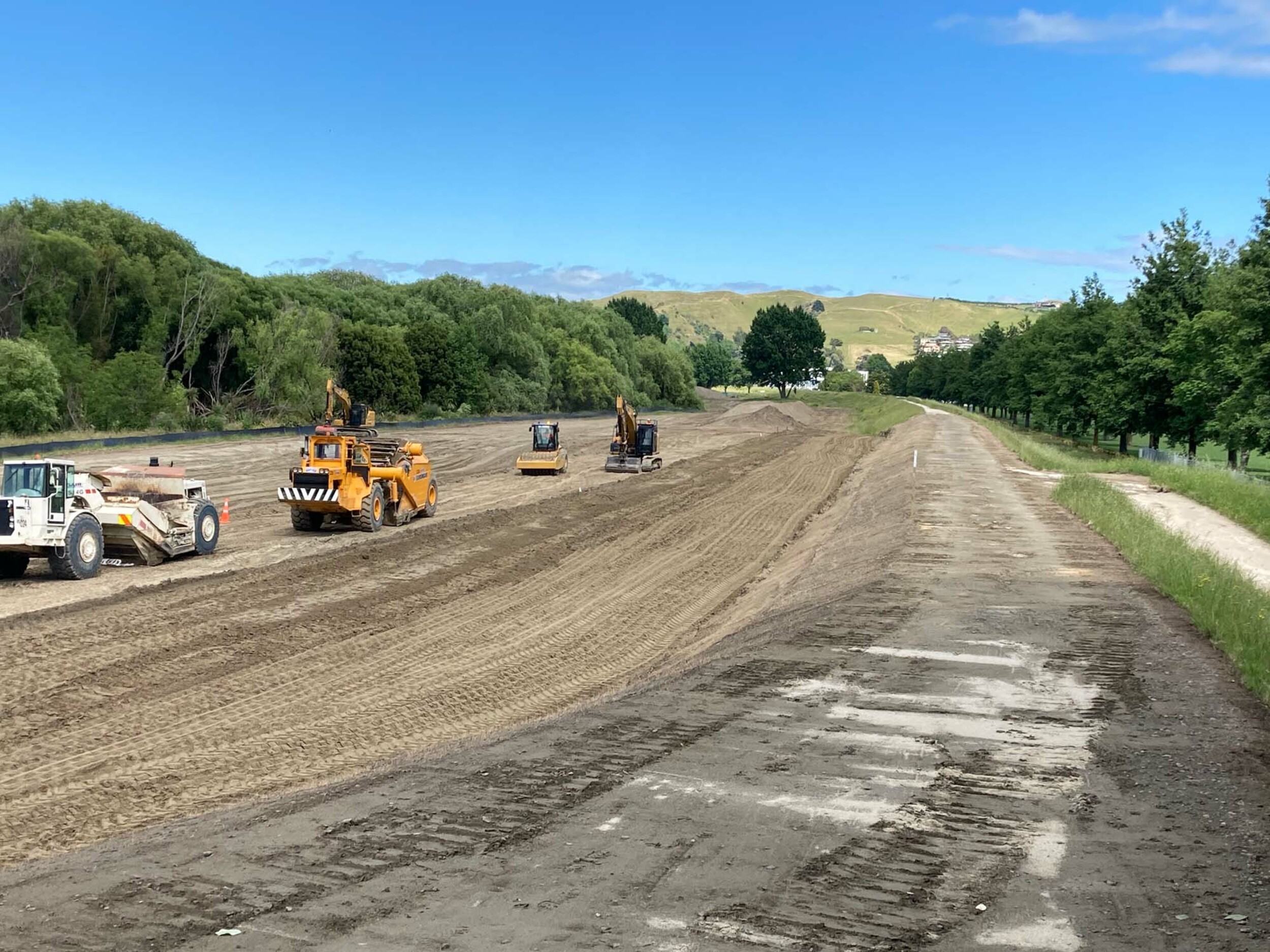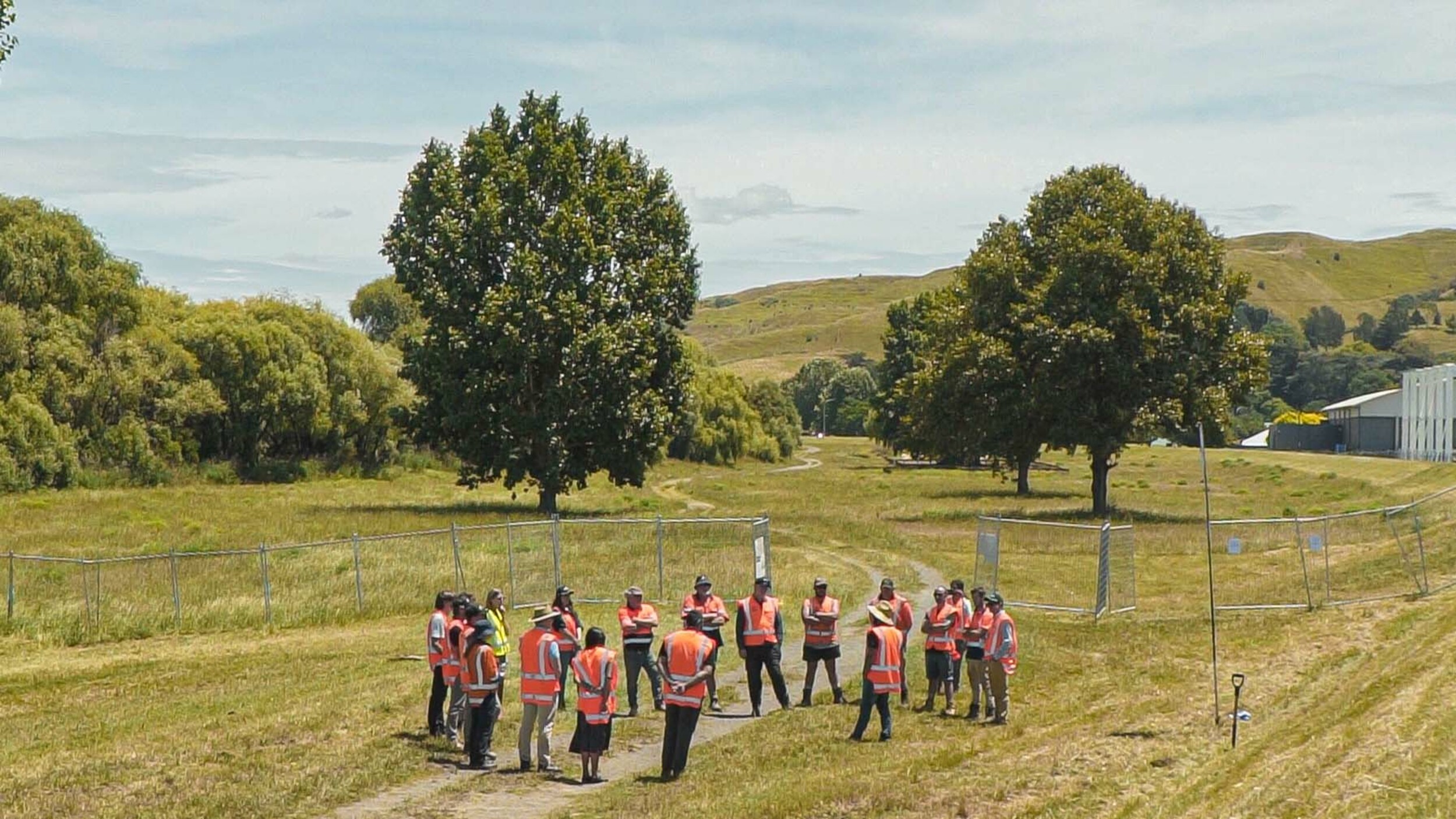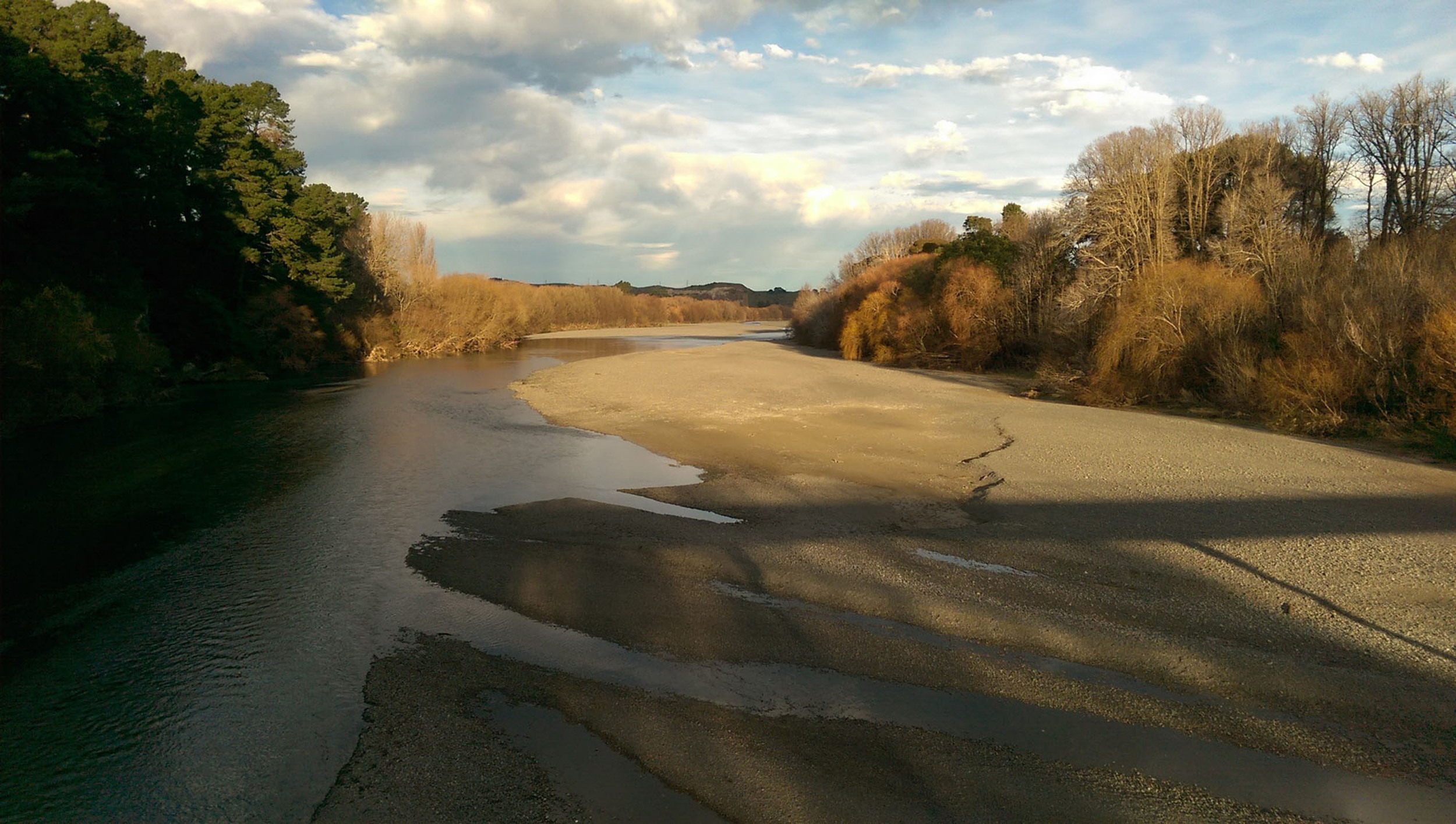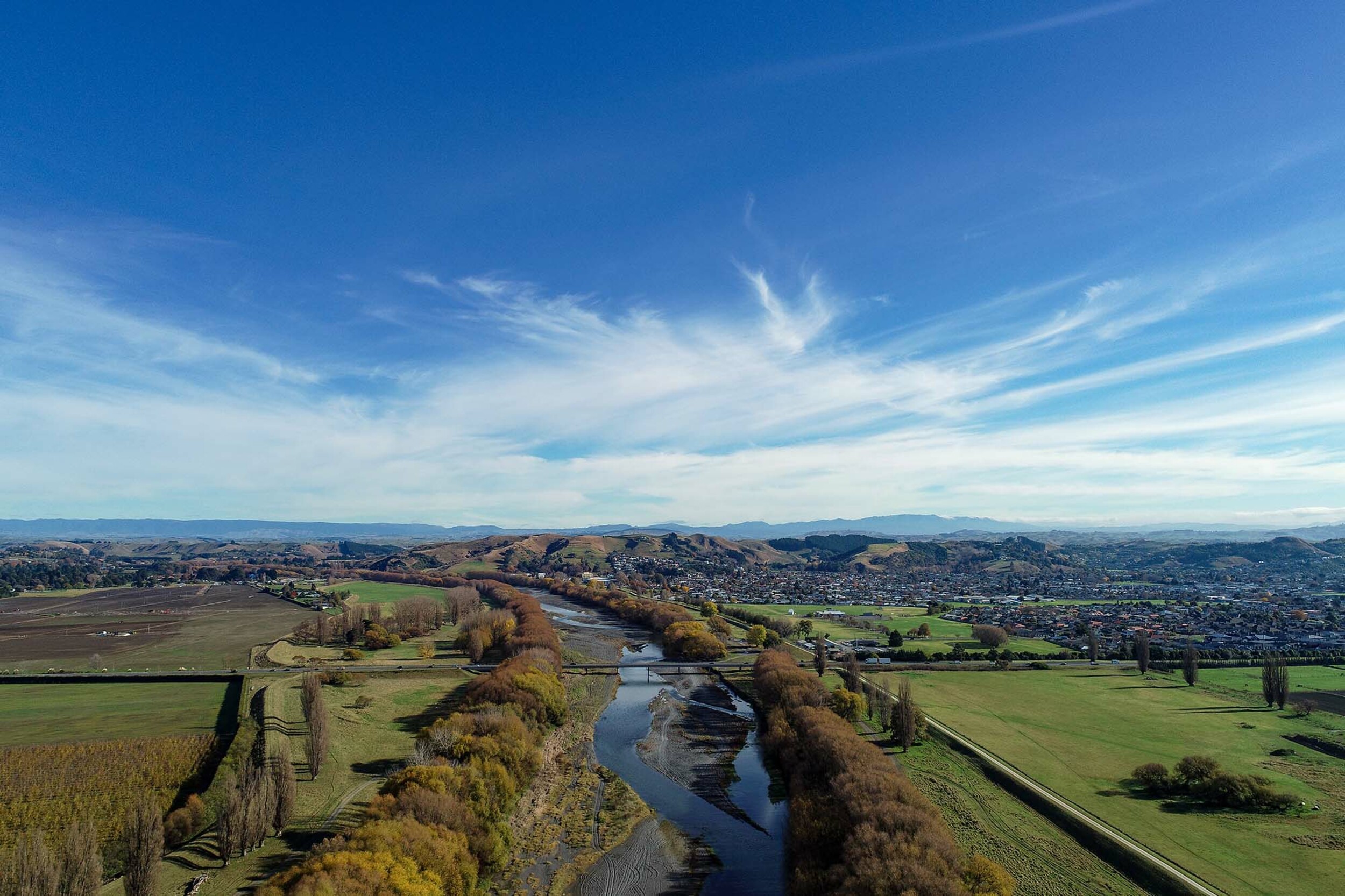The low-lying historic river plains of the Tūtaekurī, Ngaruroro, Clive and Lower Tukituki Rivers is where the Heretaunga Plains Flood Control Scheme (HPFCS) provides protection from flooding to most of Hastings, Flaxmere, Havelock North and Napier urban areas. This covers approximately 39,000 hectares with a population of approximately 138,000 people living within the scheme boundary, which is about 82% of the Hawke’s Bay population.
This project aims to increase climate resilience of HPFCS by raising the level of protection (Level of Service or LoS) against flooding of rivers from a current 1% (1 in 100 year flood event) Annual Exceedance Probability (AEP) to a 0.2% (1 in 500 year flood event) AEP and frequent smaller events.
Key sites across the HPFCS have been identified for a 1 in 500 year flood event and based on this assessment, local consultants have been engaged to carry out designs.
Some of the methods to increase resilience to flooding events include one or combinations of erosion protection measures such as widening or raising stop banks, introducing groynes, sheet piling, riprap protection, strategic planting, etc.
In addition to the completed construction of erosion protection works carried out at Taradale and Ngatarawa, areas have been identified for ecological enhancement that support and protect indigenous biodiversity and contribute to climate change resilience across the Heretaunga Plains.
Increases in resilience and level of service upgrades are in the process of being designed for stopbanks near sites such as Marenui Golf Course, Moteo, Ōmarunui, East Clive, Brookfields lower, Pakowhai park, Raupare Lower, Raupare Upper, Lower Omahu and Omahu. These projects are to have designs ready should they be progressed to construction.
An important component to HBRC’s funding agreement with Kānoa – Regional Economic Development & Investment Unitis that we emphasise supplier diversity and engage with locally owned businesses to deliver design, construction and planting packages.
This project is estimated to be completed in June 2025.

